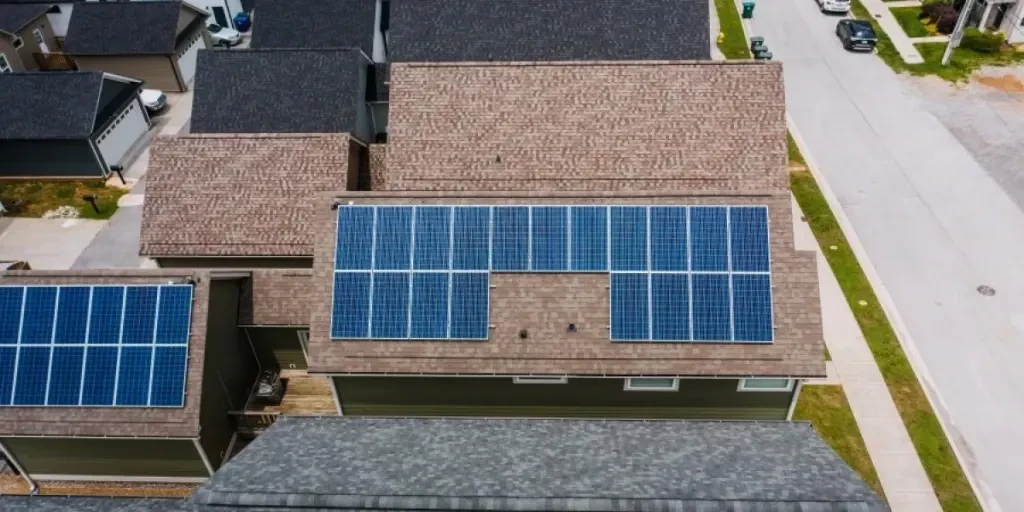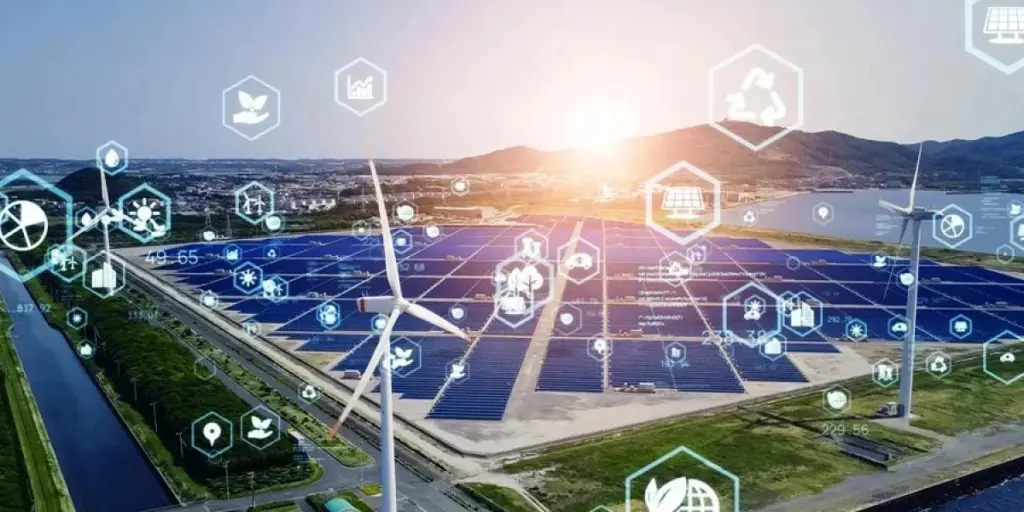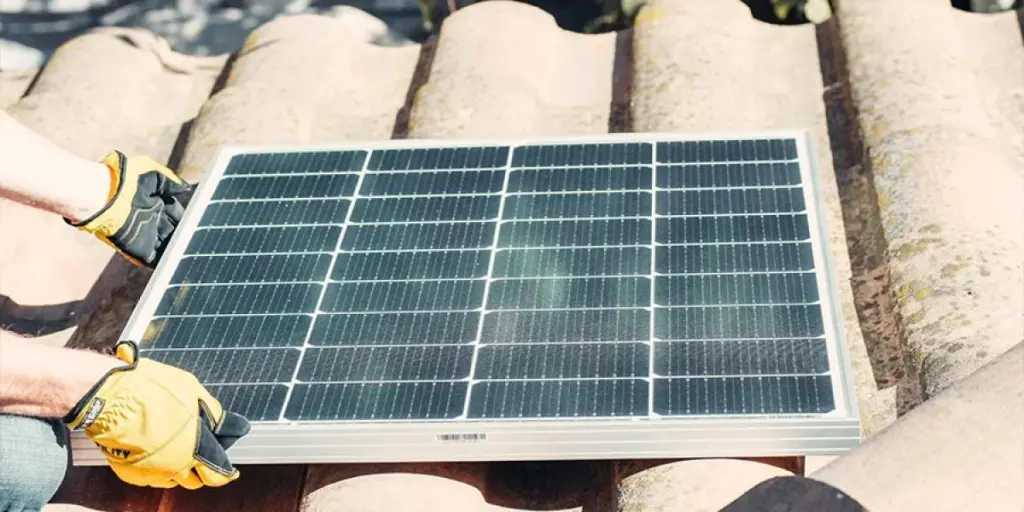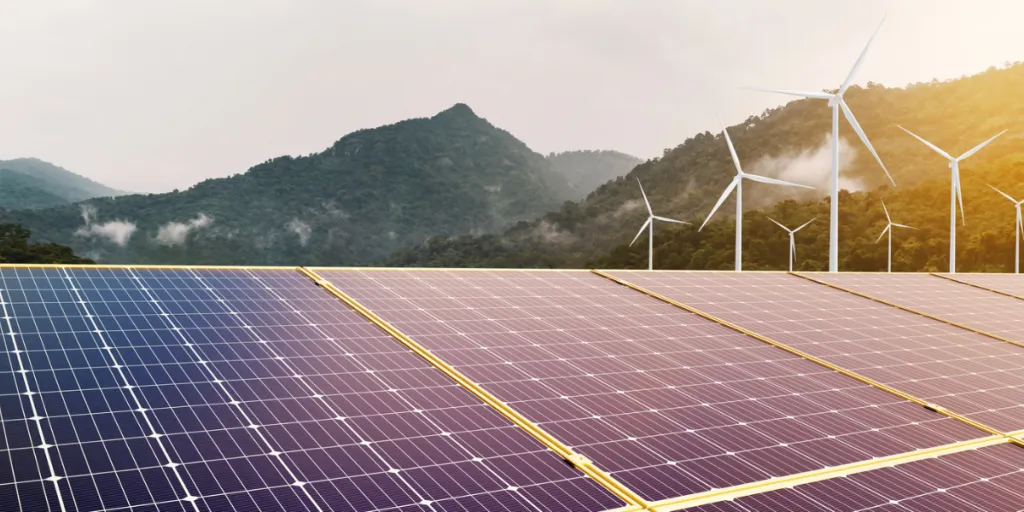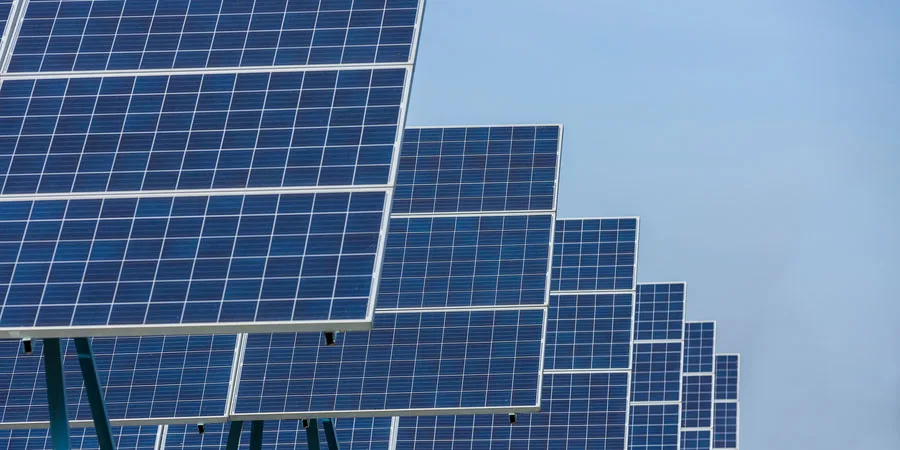Recent years have seen an increase in the installation of home storage batteries, especially with the popularity of solar panels. The growth can be associated with energy storage tax credits or federal tax credits and declines in the cost of energy storage, making home batteries more affordable.
For example, Section 48 of the Internal Revenue Code (the “Code”) of the United States indicates that specific energy storage systems, such as battery systems, are eligible for an investment tax credit (ITC) of up to 30%. Such an incentive increases the affordability of energy storage systems, leading to higher demand for home storage batteries.
Table of Contents
A brief introduction to the energy storage industry
Recent trends in subsidies and tax relief policies
Target customers
Conclusion
A brief introduction to the energy storage industry
Market size and potential of the energy storage industry
The rise in the adoption of renewable energy sources, technological advancements, and increased government & private investments have significantly impacted the market growth of the energy storage industry. For instance, the global energy storage market is projected to grow at a CAGR of 8.4% from 2022 to 2030. As a result, the growth will increase the market value to US$ 435.32 billion from US$ 210.92 billion in 2021.
Similarly, the global battery energy storage market is projected to grow at a CAGR of 16.3% between 2022-2029, with the market value increasing from $10.88 billion in 2022 to $31.20 billion by 2029
Driving factors for the growth in energy storage systems
- Favorable government policies and incentives, including tax credits, loans, and grants.
- Increased adoption of renewable energy is increasing the demand for storage systems.
- Technological advancements in energy storage systems.
- The surging acceptance of hybrid and electric vehicles.
Recent trends in subsidies and tax relief policies
The Inflation Reduction Act (IRA) in the US
US President Joe Biden, on August 16, signed into law the Inflation Reduction Act of 2022 (IRA) to increase the country’s competitiveness and spur clean energy innovation. The law provides incentives to encourage the installation of clean energy for residential and commercial use.
Before IRA, only batteries charged by solar panels qualified for federal tax credits through the Investment Tax Credit (ITC).
Now, the new IRA policies expanded eligibility for the incentives to all homeowners with energy storage batteries of at least 3 kWh of capacity, allowing them access to 30% tax credits. This incentive will be available until 2032, when it will decrease to 26% in 2033, 22% in 2034, and 0% in 2035.
In addition, IRA expands eligibility to business-owned batteries (commercial batteries) with at least 5 kWh capacity. So, businesses are now eligible for 30% tax credits until 2033, 22.5% in 2034, 15% in 2035, and 0% in 2036. These tax credits are projected to increase solar PV installations in the US, consequently increasing demand for storage batteries in the US due to decreased installation costs.
0% VAT for solar panels, heat pumps and ECO4 scheme
More people in the UK can now afford solar energy due to the increased government funding and supportive policies. For instance, in March 2022, Rishi Sunak announced a VAT reduction for energy-saving measures, such as solar panels and heat pumps, from 5% to 0% for five years until 2027.
This move is expected to reduce total installation costs for a typical household with rooftop solar panels by £1,000 and annual energy expenses by £300, thus potentially increasing demand for home energy batteries and other renewable energy innovations.
In addition, UK consumers will have access to grants offered through the Energy Company Obligation (ECO4).
The ECO4 allocated £4 billion to eligible low-income and vulnerable households to install solar panels and heat pumps. The energy scheme will be available for four years, from 1st April 2022 to 2026.
Germany offers tax breaks for rooftop PV
The German government continues to respond to the need for transitioning to renewable energy by implementing appropriate policies. The most recent policy, the Annual Tax Act 2022, provides tax exemption for homeowners or commercial properties with an output of up to 30 KW by scrapping income tax on the electricity produced from 2023.
Also, the Act introduced a VAT exemption on purchasing, importing, and installing PV and energy storage systems. The zero-sales tax rate reduces bureaucracy with PV regulations. As a result, these policies are expected to increase the installation of PV systems, leading to higher demand for energy storage systems.
The Canadian clean energy incentives for 2022
The 2022 Canadian Federal Budget, “A Plan to Grow Our Economy and Make Life More Affordable,” reinforces the country’s commitment to supporting the transition to clean energy. Specifically, the budget commits to providing the following:
- $600 million over seven years for the Smart Renewables and Electrification Pathways Program (SREPs)
- $250 million over four years to support clean electricity projects of national interest
- More than $900 million to support EV charging infrastructure
- An addition of $458.5 million was allocated to the Greener Homes Loan Program, targeting low-income households undertaking measures, like installation of rooftop solar PVs
- Create an investment tax credit of up to 30% for battery storage solutions, clean hydrogen, and other net-zero technologies
Target customers
The global climate change initiatives have led to an increase in demand for energy storage systems. Although most regions have shown some growth, demand in some markets is higher than in others.
Predictions show that Asia-Pacific dominates the market by approximately 45% revenue share. The dominance is associated with favorable government policies and increased investments in urbanization and industrialization that have led to significant growth in economic activities.
The North American market is projected to grow at a considerable rate. The region has experienced increased government initiatives promoting efficient and sustainable power supply. In addition, consumers and businesses are increasingly aware of the benefits of adopting renewable energy and reducing their carbon footprint. These aspects continue to drive market growth for new energy products and innovations.
Finally, the new government policies, tax benefits, and subsidies, alongside the increased installation of different power generation technologies, are leading to market growth in Europe.
Rounding up
In the quest to create a green and safer environment globally, different countries are adopting various measures like energy storage tax credits and policies. As a result, there’s improved affordability of energy storage systems, leading to increased demand for batteries and facilitating rapid technological advancements in energy storage systems. And this is going to continue for years to come.
